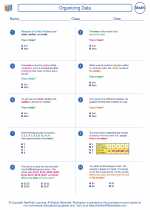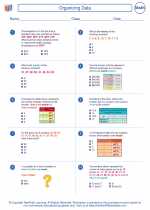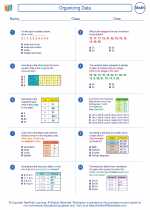Tessellations
A tessellation is a tiling of a plane using one or more geometric shapes, called tiles, with no overlaps and no gaps. Tessellations can be found in nature, art, and architecture, and have been studied for centuries by mathematicians and artists.
Types of Tessellations
There are three main types of tessellations:
- Regular Tessellations: These are tessellations made up of regular polygons, such as equilateral triangles, squares, and hexagons. Each vertex in a regular tessellation is the same, and the same polygons meet at every vertex.
- Semiregular Tessellations: These are tessellations made up of two or more types of regular polygons, with the same polygons meeting at every vertex, but not necessarily in the same order.
- Irregular Tessellations: These are tessellations made up of irregular polygons, and the arrangement of the polygons at each vertex can vary.
Properties of Tessellations
Some key properties of tessellations include:
- No Gaps: A tessellation covers a surface without leaving any gaps or overlaps.
- Vertex Arrangements: The arrangement of polygons at each vertex in a tessellation follows specific rules depending on the type of tessellation.
- Transformation Symmetry: Tessellations often exhibit symmetry under translations, rotations, and reflections.
Applications of Tessellations
Tessellations have practical applications in fields such as art, design, and engineering. They are used in creating decorative patterns, designing floor and wall tiles, and in the study of crystal structures and molecular arrangements.
Studying Tessellations
When studying tessellations, it's important to understand the properties of different types of tessellations, and to be able to identify and create tessellating patterns using geometric shapes. Practice identifying different types of tessellations and creating your own tessellating designs using paper or computer software can help reinforce your understanding of this topic.
Understanding the mathematical concepts behind tessellations can also involve exploring concepts of symmetry, congruence, and transformations, which are important in geometry and visual arts.
Overall, studying tessellations involves a combination of visual exploration, pattern recognition, and mathematical reasoning.
[Tessellations] Related Worksheets and Study Guides:
.◂Math Worksheets and Study Guides Seventh Grade. Organizing Data

 Worksheet/Answer key
Worksheet/Answer key
 Worksheet/Answer key
Worksheet/Answer key
 Worksheet/Answer key
Worksheet/Answer key
